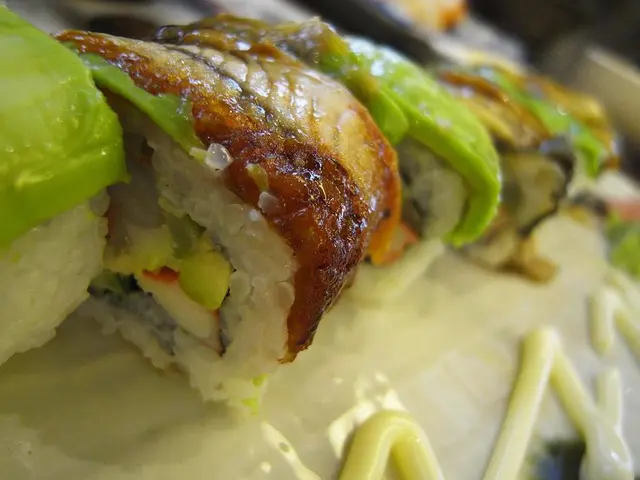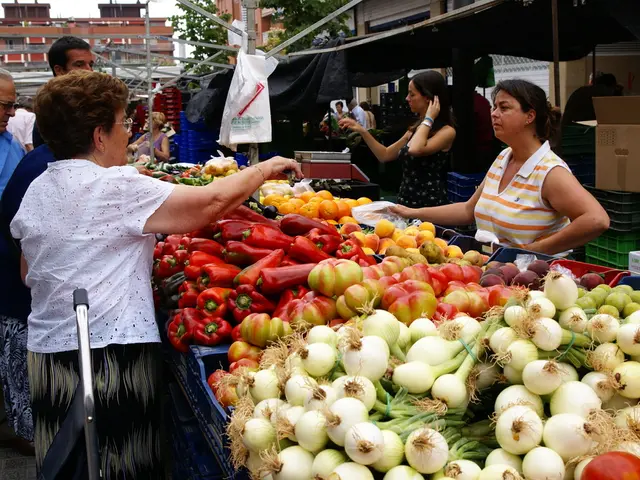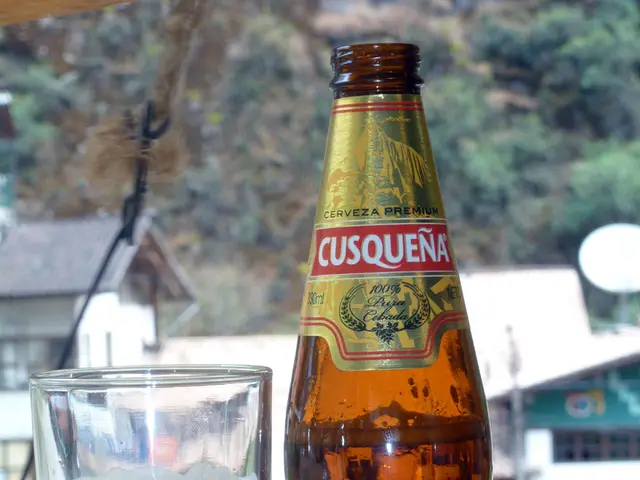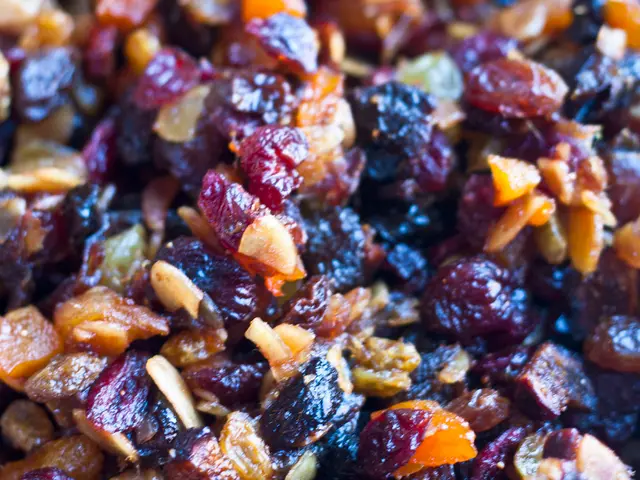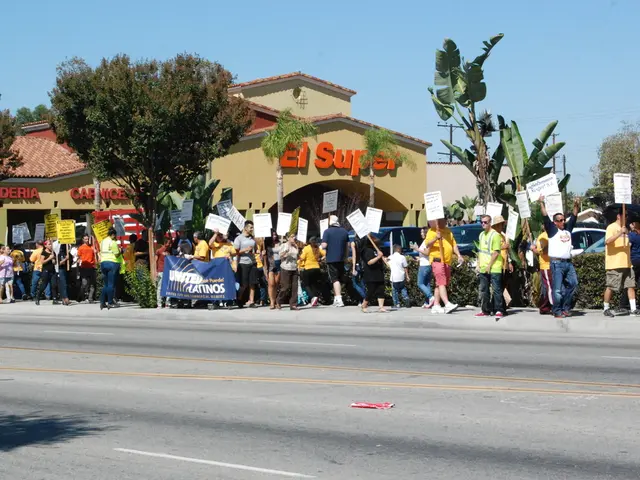Effect of Multimedia Advertisements in Food Sector Promotion
Transforming Food Marketing: The Power of Video
In the ever-evolving world of food marketing, video content has emerged as a powerful tool, reshaping consumer connection strategies and revolutionizing the industry.
Culinary Storytelling and Authenticity
Video marketing provides a dynamic platform to share captivating culinary stories, demonstrating cooking techniques, and offering behind-the-scenes glimpses. This approach adds a personal touch, drawing viewers in with engaging narratives and authentic insights. Highlighting personal anecdotes adds authenticity to the brand story, resonating with food lovers who appreciate genuine narratives.
Leveraging Viral Trends
Social media platforms, particularly TikTok and Instagram, have transformed how food brands market themselves and engage with customers. Viral short-form videos, such as quick recipe hacks, behind-the-scenes looks at food preparation, or glimpses of restaurant operations, create engaging, authentic content that resonates with audiences craving genuineness. Fast-food chains like Chipotle and Starbucks have adapted menu items based on viral TikTok trends, demonstrating how video content can directly influence product offerings and consumer demand.
Building Brand Loyalty
Food businesses leverage video marketing to build brand loyalty and community by encouraging user-generated content, sharing customer reactions, and showcasing values-driven stories such as sustainability or local sourcing. This participatory approach creates trust and turns customers into active promoters of the brand.
Strategic Advantages of Video Marketing
From a strategic perspective, video marketing helps boost brand awareness by visually showcasing dishes, ambiance, and service in a captivating way. It influences dining decisions as people tend to "eat with their eyes"—videos of appealing food presentations entice viewers. Video marketing drives sales by linking video campaigns to promotions, online ordering, and reservations. It also provides real-time customer insights through video engagement metrics and feedback, allowing brands to adjust menus and services accordingly.
The Future of Food Marketing
In dynamic regions like Southeast Asia, video platforms fuel culinary innovation by spreading diverse cultural food content globally, expanding market reach for local brands. The future of food marketing is expected to involve immersive virtual and augmented reality experiences, allowing for even more innovative video experiences.
In summary, video marketing reshapes food brands’ consumer connection strategies by promoting authenticity, encouraging participation, and leveraging viral trends to influence product development and sales growth. Food brands increasingly prioritize short, relatable video content combined with user interaction to thrive in today’s competitive food market.
[1] Food Marketing Strategies in the Digital Age. (2025). Amazing Food & Drink Team.
[2] The Impact of Short-Form Video on Food Marketing. (2024). Food Marketing Journal.
[3] Viral Food Trends: How TikTok is Shaping the Food Industry. (2023). The New York Times.
[4] The Role of Authenticity in Food Marketing. (2022). Forbes.
[5] The Power of User-Generated Content in Food Marketing. (2021). The Guardian.

